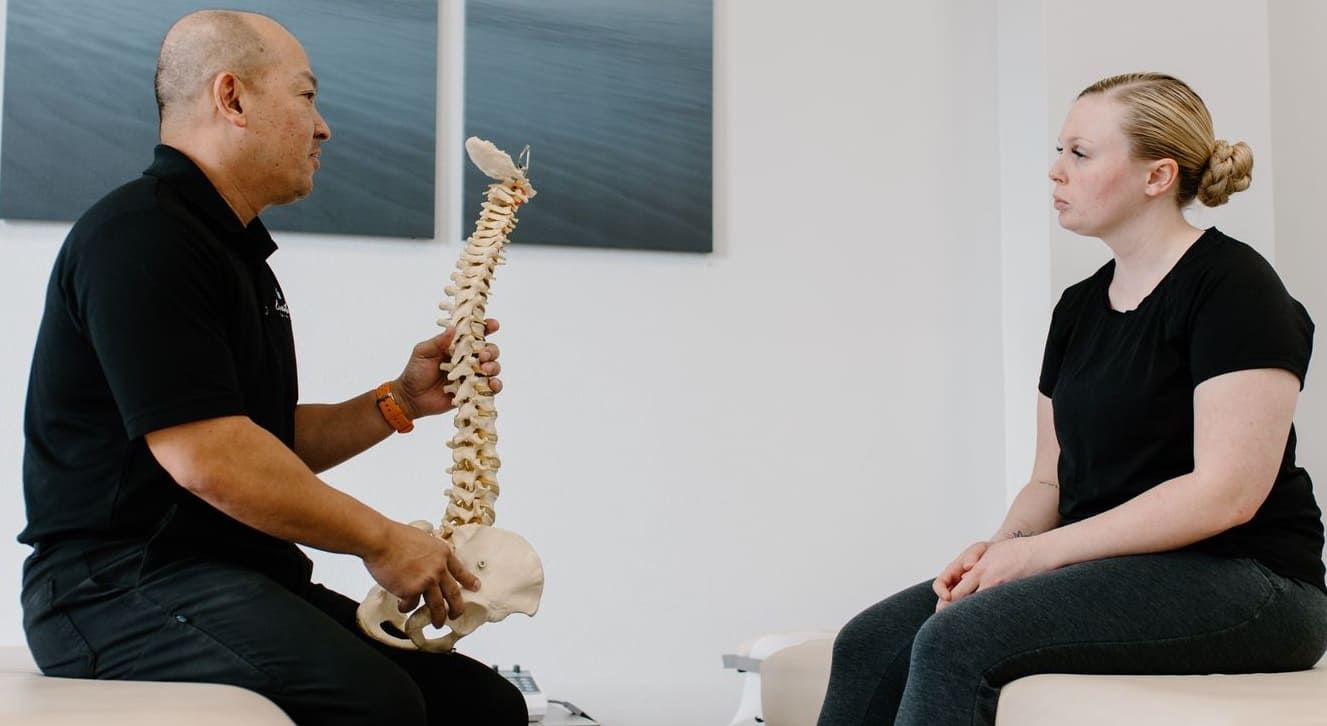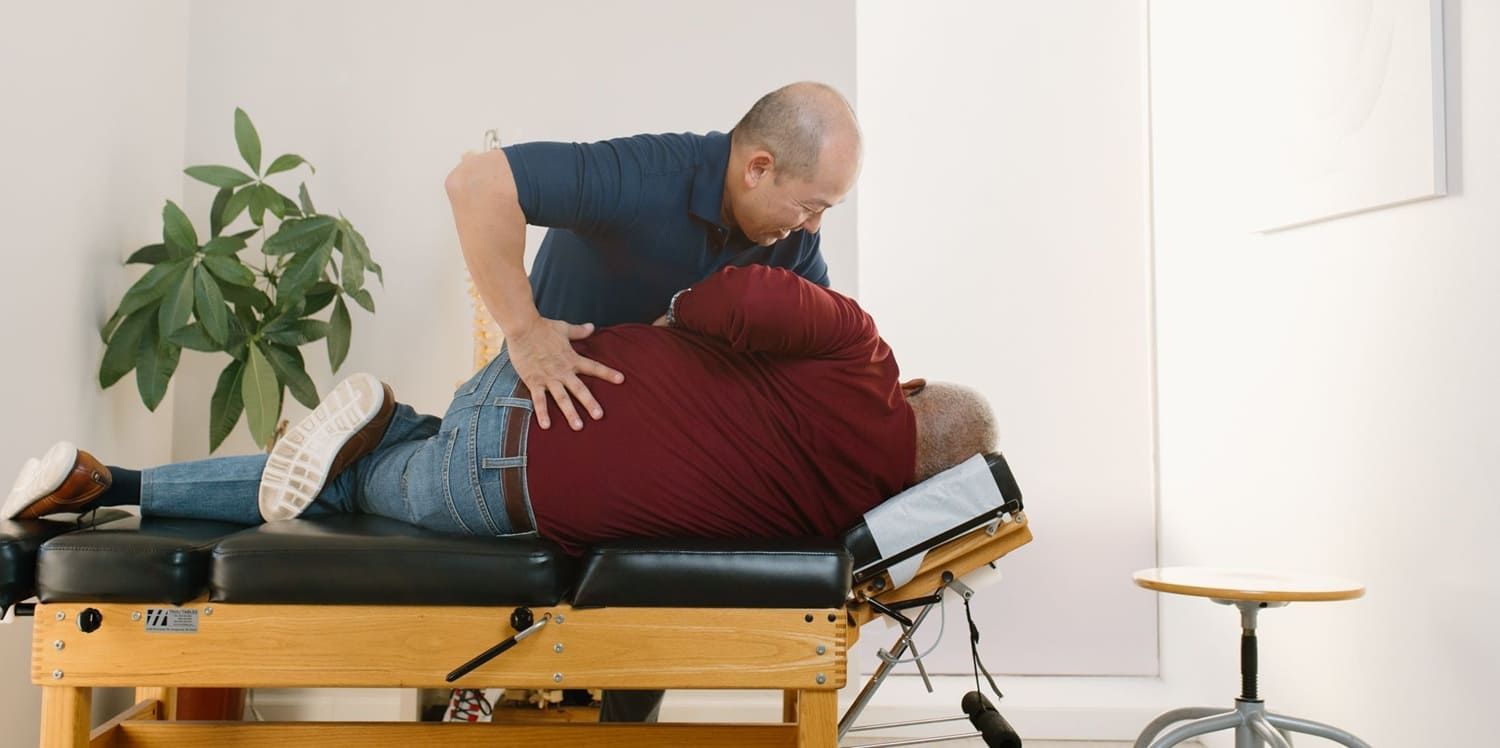All Knotted Up? Everything You Need to Know About Trigger Point Injections
If so, trigger point injection therapy may be for you. Trigger points are painful “knots” in your muscles that form when you’re unable to relax. During trigger point injection therapy, a medical professional will inject small amounts of steroids and anesthetics to alleviate muscle pain.
So, how do you know if trigger point injection therapy is right for?
What are Trigger Points?
Common trigger points are located in the trapezius and rhomboid muscles, which are located in the upper back and behind the shoulders. Trigger points in these areas can cause headaches, shoulder pain, and neck pain.
Trigger points can also occur in the lower back and in other extremities, in addition to the upper spine.
What is a Trigger Point Injection?
The injection may be an anesthetic like bupivacaine(Marcaine) or lidocaine (Xylocaine). It may also be a mixture of anesthetics or a cortisone medication.
In some cases, a needle alone is injected into the trigger point without the use of medication. This is often referred to as “dry needling”. With this type of injection, the pain is relieved and the trigger point is made inactive.
How is the Procedure Performed?
Trigger point injections are performed in healthcare clinics. To receive the injection, you’ll typically need to lie on your back or your stomach on an exam table. The exact technique the medical professional will use to perform the injection will depend on the area being treated.
Before injecting the needle, the healthcare professional will clean your skin with alcohol or some other type of skin cleanser. To anesthetize the skin to reduce pain, it’s also common to use a numbing spray.
They then insert the needle and the medication into the injection site. Afterward, an adhesive bandage will be applied to the spot and you may be recommend over-the-counter pain relievers, ice, or heat to help manage some of the pain.
Who is Trigger Point Therapy For?
Trigger point therapy can be beneficial for a number of conditions, including:
Myofascial Pain Syndrome
Trigger point injections may help alleviate pain symptoms of MPS. This is a chronic condition that affects muscles and their surrounding tissue.
If you suffer from myofascial pain syndrome, trigger points may stimulate pain in seemingly unrelated areas of the body. This is something called referred pain. By relaxing the affected muscles, trigger point injections can help reduce localized pain.
Fibromyalgia
Fibromyalgia is a condition that affects the soft tissue. Unlike MPS, which causes localized pain, fibromyalgia causes pain throughout the body.
Symptoms of fibromyalgia include:
- Headaches
- Pain and stiffness throughout the body
- Digestive problems
- Tingling and numbness in the hands and feet
- Daytime fatigue and poor sleep
- Symptoms of depression and anxiety
- Difficulty concentrating
Headaches
Trigger points in the head, neck, and shoulders can contribute to tension headaches and migraines.
Studies have found that patients with episodic migraines have significantly higher numbers of trigger points than those who don’t suffer from migraines.
So, if you suffer from frequent headaches, trigger point therapy may be your answer for relief.
What are the Side Effects and Risks?
The most common side effects include:
- Temporary numbness or pain around the injection site
- Dimpling around the injection site
- Discoloration of skin around the injection point
- Dizziness or lightheadedness Bleeding
Additionally, trigger points that use anesthetics can cause a myonecrosis, a form of muscle damage. Typically, this takes 3 to 4 weeks to heal.
How Frequently Should Injections Be Administered?
If your trigger point is caused by a chronic condition such as myofascial pain syndrome or fibromyalgia, then you’re more likely to need ongoing injections. How often you need injections will also depend on the medication that is being injected. If a steroid is used, you should be receiving injections less frequently than if anesthetics were used.








